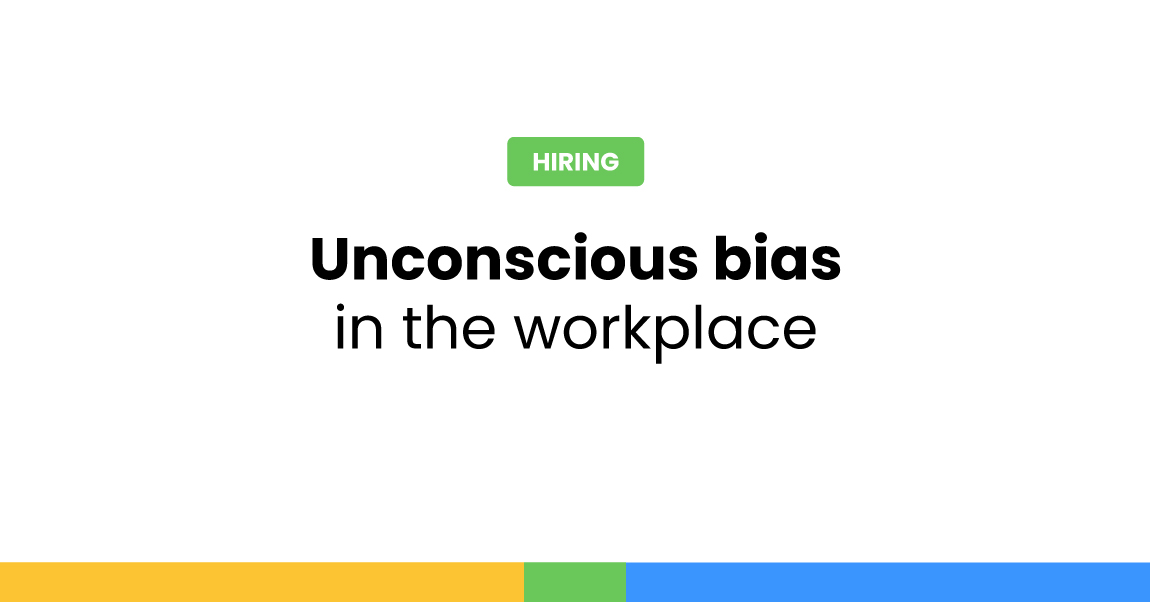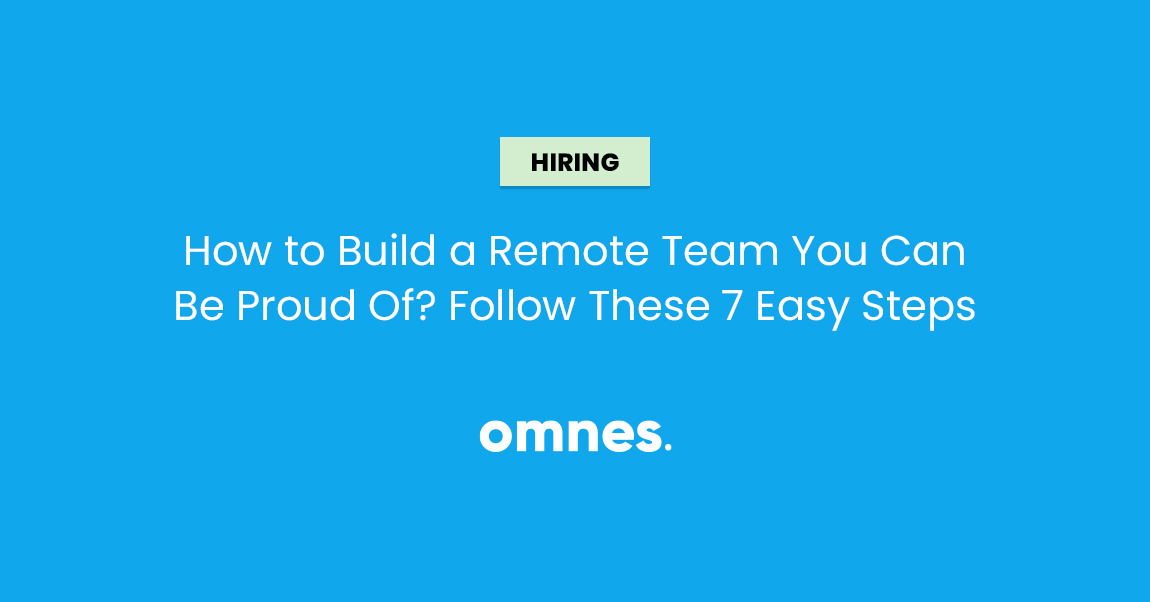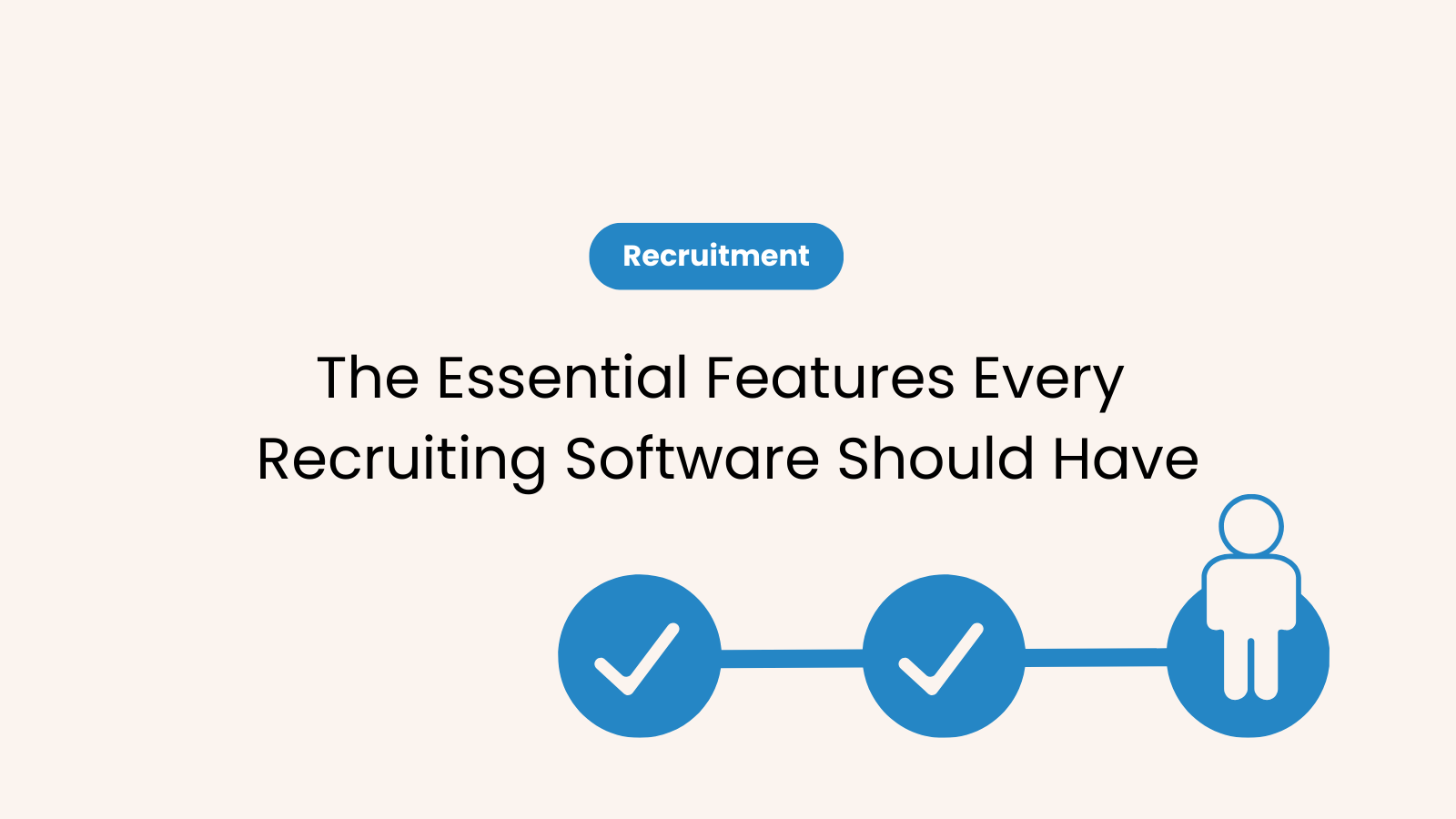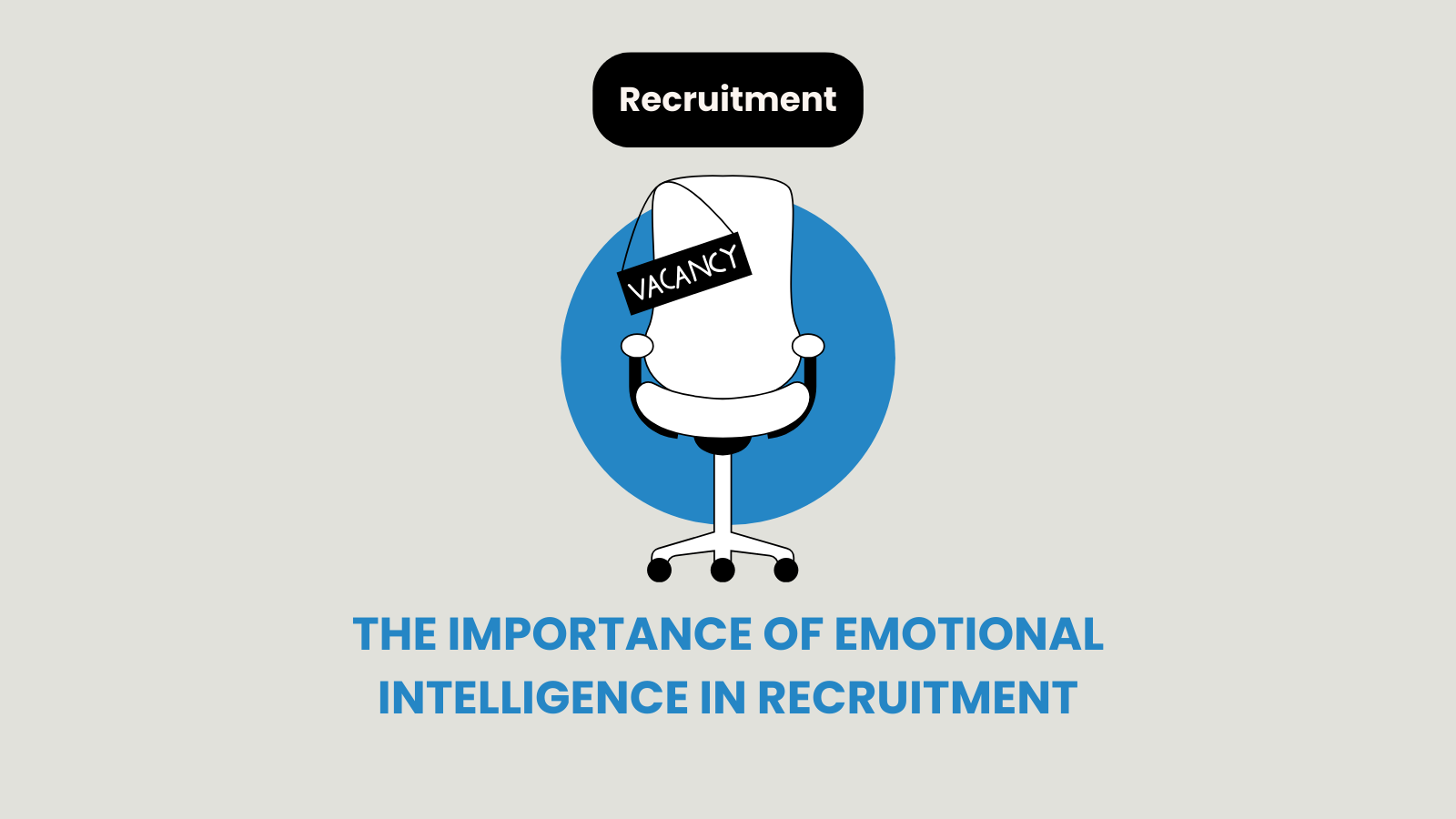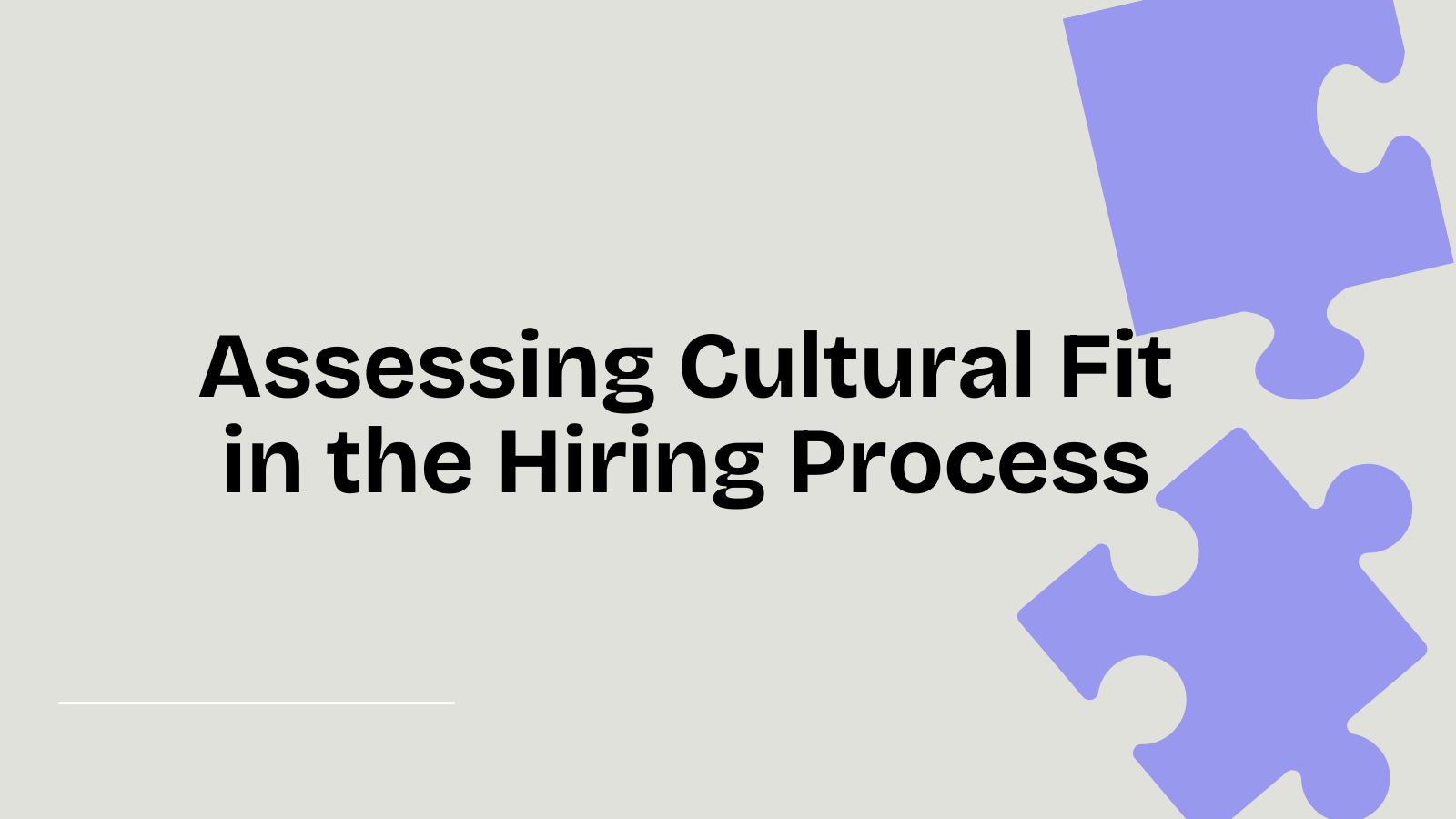Whether we like it or not, people tend to form opinions based on certain unconscious biases they’ve picked up along the way. If we want to improve ourselves, we must do some work to uncover and overcome these tendencies – and this certainly applies to unconscious bias in the workplace. What can HR leaders do about this tricky issue? Keep reading to learn everything about various workplace biases employees can face.
What Is Unconscious Bias in the Workplace? Let’s Break Down the Basics
Unconscious bias in the workplace is the tendency to form opinions about colleagues based on preconceived notions, stereotypes, past experiences, or even instinct. The key thing to understand here is that this bias is formed in our subconsciousness – the person with bias is not aware that they have prejudice towards someone.
Why does the human brain form such biases in the first place? There is a reason behind this. People receive a huge amount of information on a daily basis, and all of that needs to be properly processed so that we can make decisions and adapt to changes.
For this reason, the brain creates shortcuts that help us navigate life faster – it does that by using previous life experience, background, ethics, and cultural norms to form biases. So, technically speaking, this cognitive function can be helpful but often leads to more bad than good. Unconscious beliefs can result in snap decisions, and it’s easy to understand how this can be problematic when it comes to the work environment.
Is Implicit Bias Illegal in the Workplace?
Subconscious bias in the workplace isn’t illegal – precisely because it’s subconscious. We must distinguish between employee discrimination, which is illegal, obviously, and unconscious bias which is simply problematic. What sets these two occurrences apart?
The difference is in the intent – a person with bias isn’t aware of the assumptions that lead their decision-making. They can often be without any ill intent whatsoever – they’re not aware of what they’re doing. On the other hand, straight-on discrimination is done with a full understanding of one’s actions, and it comes with bad intentions.
How Does Unconscious Bias Affect the Workplace?
When does unconscious bias most commonly occur? Subconscious bias can easily sneak its way into every aspect of the workplace – from deciding who gets fired to giving performance reviews. Of course, the recruitment process is no exception – in fact, it might be one of the aspects that are the most affected by unconscious bias.
The Most Common Situations Where Unconscious Bias Plays a Significant Role
If the recruiter hasn’t uncovered their biases yet, they are prone to making mistakes in the hiring process. Their subconscious beliefs, assumptions, and opinions can lead them to pick a candidate that might not be the best fit after all. It goes the other way as well – bias tends to make HR leaders reject a candidate that could have been an excellent cultural fit for the company.
It’s easy to see how biases in recruitment can lead to a less diverse work environment – which, in turn, leads to less creativity and innovative ideas, and loss of productivity. Ultimately, companies with biased HR leaders and managers will find themselves conducting more exit interviews than they would like!
Apart from the recruitment process, the second most affected process is promotion. Managers tend to involuntarily favor certain employees based on their own assumptions instead of objective parameters such as performance and efficiency working with the team. This will have negative outcomes and change the way that employees perceive their job, the company, and the work environment.
10 Types of Unconscious Bias at Work to Be Aware Of
Detecting an unconscious bias and removing it from your behavioral patterns is definitely not an easy task, but it’s one well worth your effort – for your and your employees’ benefit. Before you can start trying to overcome these irrational assumptions, you have to learn what types of unconscious biases exist. This will make it easier to spot the bias in yourself or others and aim your efforts in the right direction. Let’s take a look at the types of unconscious biases that are most commonly found in the workplace:
#1 Appearance Bias
Making assumptions about someone based on their looks is, unfortunately, quite common. Many people aren’t aware they’re doing this – and it can lead to plenty of negative outcomes when it comes to the professional aspect of life. Examples of this include weight bias and height bias (most commonly, short men are perceived negatively, while tall individuals are perceived as successful team leaders). We can’t overlook beauty bias as well – those perceived as good-looking are often at an unfair advantage due to this and have more positive experiences and encounters compared to those not affected by this bias.
#2 Affinity Bias
This is a type of bias where a person tends to favor those similar to them, whether in looks, traits, or opinions. The problem arises due to the fact that affinity bias means we unconsciously close doors to those who differ from us. When implemented in the workplace, this means a team full of members who think the same and aren’t challenging each other. Now, what does that mean for productivity, creativity, and development of the business? Nothing good, as you can guess.
#3 Conformity Bias
When employees tend to blend in and side with the majority of the team, that’s conformity bias. Think of it like peer pressure, but a working-adult version. It’s rooted in human nature – we all tend to conform to the group. Unfortunately, this bias leads to the loss of original ideas and it negatively affects the decisions of the team.
#4 Confirmation Bias
This one can lead to poor judgment and severely affect decision-making. Confirmation bias is a tendency to interpret new information so that it fits our already established beliefs and opinions. For example, a team leader believes that going forward with a certain project is an excellent idea, but they are not correctly interpreting all the information – and if they were, they might’ve seen the flaws in the plan. Instead, they choose to adapt the information so that it fits their assumption that the new project will be a success.
#5 Attribution Bias
Attribution bias refers to subconsciously attributing certain characteristics to a person based on their actions. This can make us continuously see a colleague in the same light, regardless of their later actions and performance. Thanks to this bias, we might overlook the good and keep our judgment of someone’s personality set in stone. Naturally, this can result in a lack of good relationships between team members and a toxic workplace. It’s worth noting that attribution bias more commonly affects women.
#6 Age Bias
This one is obvious, right? Ageism is prevalent in many industries, and it’s rooted in the belief that younger employees can do better at the same position compared to older ones. Young, career-driven, and eager to climb the ladder are favored unfairly, but we must remember – we will all become affected by this bias at a certain point in time, right? At least, if we don’t actively try to get rid of it!
#7 Gender Bias
Another obvious, yet quite often seen in the workplace is gender bias. Surely there’s no need to explain that women are more affected by this than men, but we must note that gender bias isn’t the same as sexual harassment. There’s no physical or verbal harassment, but rather more favorable treatment for one sex – this can be visible in the hiring process or when choosing those who will be promoted. It can even be reflected in certain perks that employees do or do not receive.
#8 The Halo Effect
The Halo effect is a common type of bias visible in and outside of the workplace. It refers to letting a positive impression of someone drive the judgment of their character. The Halo effect usually starts when we meet someone – if we perceive them as nice, we are more likely to attribute other positive characteristics to their personality, like being intelligent or competent for the job. We do this without having enough information to form these opinions – this bias puts certain people at an undeserved advantage in the workplace and leads to unfair treatment of those who don’t make the perfect first impression.
#9 The Horn Effect
The Horn effect is a bit like the opposite of the Halo effect – we make a negative first impression, and that drives our judgment of the person from that moment. For example, let’s say there’s a new employee who’s struggling to adjust to the new work environment, so they don’t seem to be quite friendly with the team members in the beginning. The horn effect in this situation would mean labeling this person as unkind, arrogant, or snobbish – regardless of how they act later on when they get into the rhythm of the workplace.
#10 Authority Bias
Authority bias means placing more significance on the opinions of those in higher positions compared to those who are ranked lower at the company. Of course, the ideas and suggestions of team leaders are valuable – but we must consider whether we’re siding with them because they are right, or because our vision is clouded by their role in the team.
How Do You Overcome Unconscious Bias?
Unconscious bias isn’t something that can be removed overnight. It’s a lengthy process that starts with raising awareness. When employees understand what it is that they should be battling, they will start challenging their own stereotypes and removing bias.
The majority of the burden falls on HR leaders, though. They are the ones who should lead by example and show the employees that unconscious bias can successfully be removed from behavioral patterns. HR processes and business strategies should be modified to remove bias, and companies can implement training programs that aim to help employees identify their biases and get rid of them.
Little Effort Can Go a Long Way – Don’t Hesitate to Implement Strategies That Will Improve Your Company Culture
While this issue might not be on every company’s shortlist of things to address, the importance of uncovering unconscious bias in the workplace cannot be denied. If you want your employee retention to remain at a steady level, this is something that you shouldn’t ignore. There are many strategies to choose from, and finding one that fits with your company culture and budget should be one of your priorities. Rest assured that it won’t take long to see the result of your efforts – the quality of your workplace will increase drastically!
